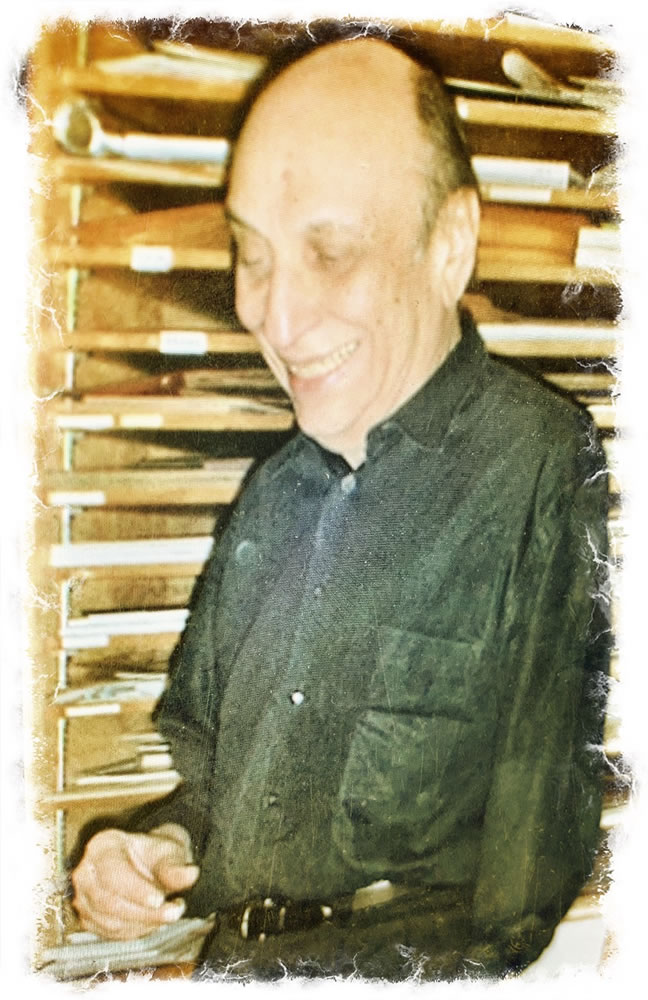
MY MEETINGS WITH MILTON GLASER
t h a n k y o u
–––––––
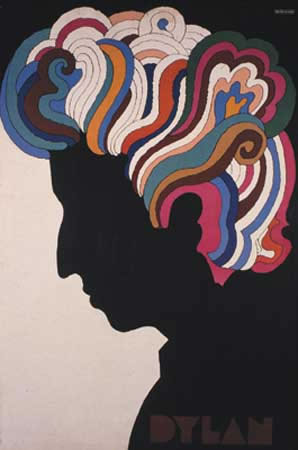 A voyage of inspired imagination.
A voyage of inspired imagination.
Milton Glaser passed onwards after 91 years of creativity.
What a legacy that he has left behind to us all.
When you are young, you recall points of connection that are unmistakably remarkable, they are life changing, unforgettable instances—dynamically shifting you from one point of view to another.
Or, they might too suggest moments of new discovering—that time when you find a vocabulary that draws you to your heart, newly warmed, then reignited—which is a fire in the recollection from another age.
The heart opens: over and over, again and again—for the curiosity-compelled.
So too, my opening connection with Milton.
For me, the 1970s, going here—just out of college, my portfolio was entirely invented, I had no clients, no project work—in fact, I wasn’t really even trained as a graphic designer.
Instead, my background of learnings, were really far more obscure and peculiarly irrelevant to the commonplace—the basic industry of “graphic design.” My studies, leanings and knowledge was far more to personal relevancies and thinking applicability—“if you think you know something about the history of type, you should know about the architecture of the Middle Ages.” Or, “if you’re planning industrial design around the ethos of Bauhaus modern, then you should know about the holistic design of the period, the interiors, the food, the entertainment of the era, along with its obscure type faces,” and I did, I was a walking-talking, portfolio-carrying sandwich board of stories on the legacies of customized lettering and font work, expressive calligraphy and letterform design. And my illustrations were as wild and as loose as I was, back then, the 1970s.
I packaged it up—a custom-made book—with blackened piano steel hinges and hasps with hot-pebbled aluminum skin. And I tried to sell it as a service offering to Milton. “Any of the work—applicable?”
That was the presentation—getting out there. I came from Olympia, WA, my college town—to NY.
First trip, August 1975.
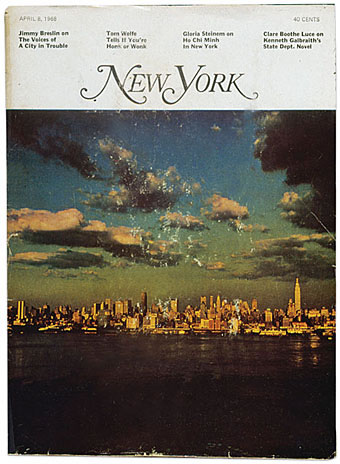
Both to the city, and to the magazine.
Milton was the art director then—NYMagazine. And what I did then is what I do now. In finding someone interesting, I track them down. Meet with them. Or stay around [or with] them if you can. It’s a variety of focused stalking—I want to know what they’re about, what their thinking is, how they work, how they stay working—and why? Why are they doing what they’re doing?
It’s not like I’m trying to, precisely, stay with people now—to learn more from them. But if there’s an interest, I will stay on that pursuit towards connection until someone tells me to bug off. And surely, some have—“get out of here, no, not interested, leave me alone—no, good bye!”
Others have let me mingle ’round—talking, watching, working with them—and learning.
Most of the most magnetic and compelling relationships of my life have lived precisely around this quest—and question—“if you want to know, should you go?” If you would like to know more, there will be more of a commitment—you have to travel, dig-in, embed, talk deeper, ask better questions,
get out there, to get in there.
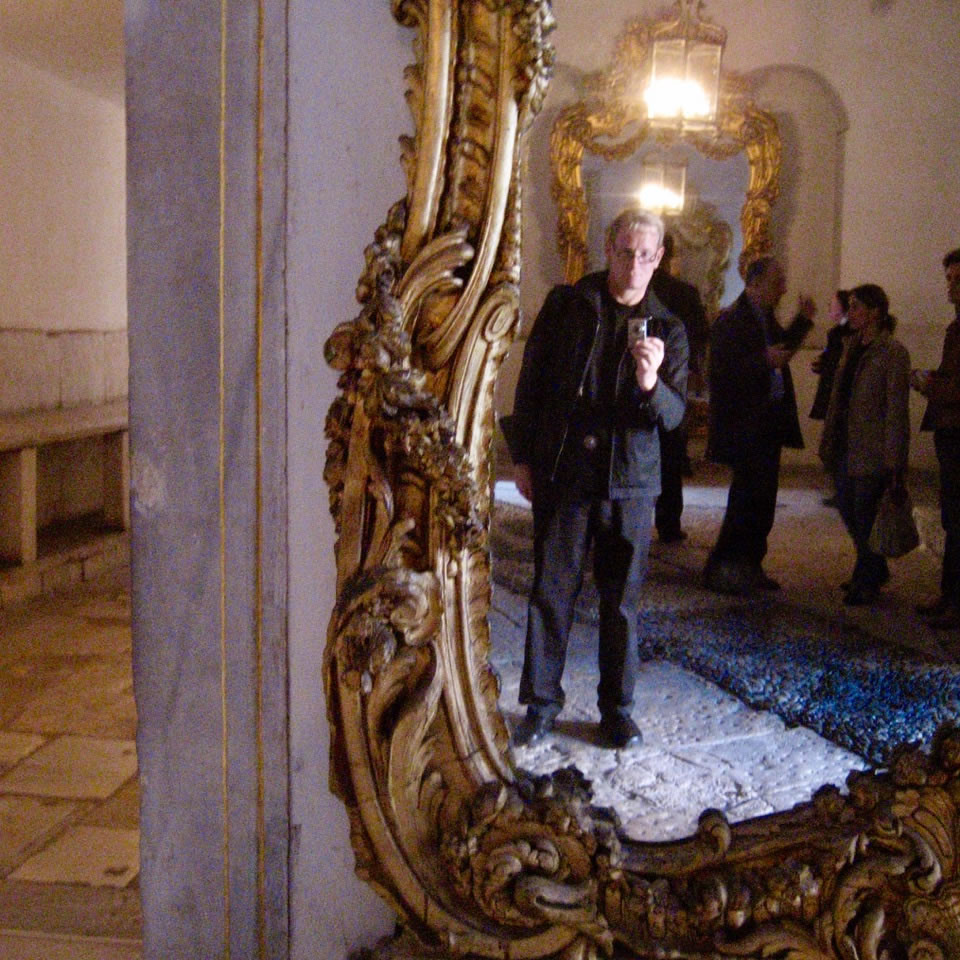
Istanbul, Topkapi Sarayi
Back then, as now, I suppose, it’s a matter of telling a story. It’s about any presentation that you make—that is: “here’s who I am, here’s what I’ve done, and here’s what I can do for you.” Same then, same as now. As a young designer, illustrator and calligrapher, I essentially took my “book” to see him there at New York Magazine. It took a while to make that happen. And as with anything, persistence pays.
Finally, a short meeting was set—like 15 minute meeting. And I went into the offices to meet with him. In the common parlance of anyone looking at portfolios, you wait—“who’s first?”
“Who will say something? You or them? And then, what do you say?”
I reached-out first to tell the story—and to offer the work.
“Mr. Glaser, thank you for this 15 minute opportunity to share. I’m from Seattle, and here are examples of my work: lettering and type design. Here are some drawings, some calligraphy, some alphabets I’ve designed, some illustrations.” And to each piece, of course, Milton would say, “what’s the point?”
“What’s the work for?”
Fabulously good questions—alarmingly so.
“Okay, it’s nice, but what’s its purpose?”
Which would be, for another line of query—“pretty, but who cares?”
Well, when you’re starting out—and if you’re untrained as a designer (scholastically-prepped—which I wasn’t) then you’ve got to improvise.
That is—I made things to show.
Him.
I offered letterpress printing samples on roughened paper; I did drawings on old italian handmade paper, hand-bound books of drawings, sheets of calligraphic poems, in colored pigments on washed, darkened handmade paper, broadsheets of alphabets, all drawn—all made, by hand.
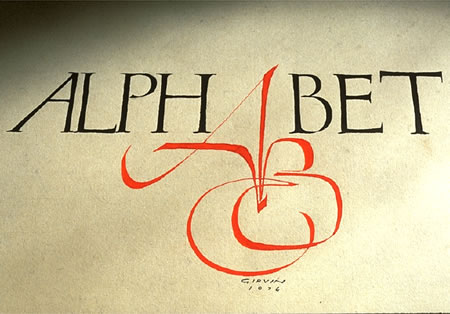

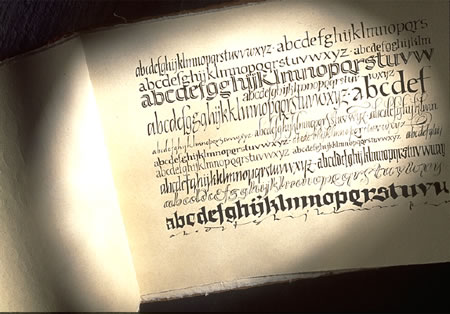
Everything I did, then, was by hand. I set type, I made paper, I bound books. But it was more to a modernist, European design ethos. I was seeking a new order of design/type/calligraphy/story/illustration — newly combined. And, for the most part, there were very few people working in precisely the space that I’d laid out for myself. And it’s about storytelling—“what’s my story, what’s the telling, sounds and visuals—what’s it? And, the embarrassing query: “how can I (get) work?”
Story then, story now.
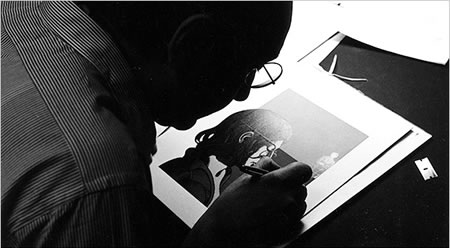
Milton Glaser | The New York Times (photo by Cosmos Sarchiapone)
But the opening encounter with Milton was unique—
there were clues that were unforgettable in my mind.
For one—art.
There was all kinds of art around the office, which was small and conventional—packed with stuff. Many different objects. And an amazing curation. There was manuscript painting from India, there were Spencerian calligraphic broadsides, there—small engravings, here—sculpture, deific objects; over here, there are sketches, framed and small. And in speaking with him, the collection was really about objects that are not merely fanciful collections—but items of interest and attention—there was meaning within.
Delight.
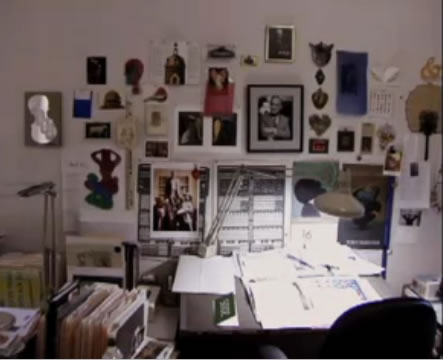
Glaser’s desk, NYC (still from “To Inform & Delight”)
I personally believe, in watching then, and watching since then, the character of Milton’s work is the depth of the intellect and spirit that lies behind them. Nothing is merely “designed”—it has a deeper soul. Surely, there would be some that immediately would say—“how can you possibly imply that design has soul.” None said, none taken—surely I wouldn’t imply that.
Rather, soul is everything, it’s the breath that makes design uplift humanity.
Instead, what I offer is that there are some that are driven further into the heart of design that’s not merely about—“my ideas, my persona(l) self-absorption, me and mine,” but it’s more about the tradition of carrying some thinking forward—something from within, that is given without.
Rest his soul—and grace in the thankfulness of having been with him a couple of times in my own design journey—I see the vast vocabulary of Glaser’s work truly speaks to a fluency that is culturally rich—he represents a nearly classical tradition of using his artistic sentience to infuse virtually everything with a kind of renaissance luminescence.
At a show announcement in 2000, he’s been described as “born in 1929, Milton Glaser was educated at the High School of Music and Art and the Cooper Union in New York, and via a Fulbright Scholarship, the Academy of Fine Arts in Bologna, Italy. He co-founded the seminal Pushpin Studios in 1954, founded New York magazine with Clay Felker in 1968, established Milton Glaser, Inc. in 1974, and teamed with Walter Bernard in 1983 to form the publication design firm WBMG. Milton Glaser, Inc. is a multidisciplinary design company, specializing in corporate identity, logos and trademarks, brochures, packaging, interiors, exhibitions, posters and websites.
Glaser was the 1972 recipient of the AIGA medal, the highest honor given to a graphic designer in this country, and is the only graphic artist ever to have had one-man shows at both the Centre Gorges Pompidou in Paris and the Museum of Modern Art in New York. The American Institute of Graphic Arts has called him “One of the most influential and unusual figures in the history of graphic design, Glaser has been producing memorable images and objects for more than four decades. From the famous Bob Dylan poster of 1967 and the universally imitated ‘I Love NY’ logo up to the cutting-edge design of his new websites and his masterful illustrations for Dante’s Purgatory, Glaser has created some of the most powerful and enduring visual art of our time.”
That encounter for me was two-fold. One, he said, “I like your work, but you’ll have to move here.” Back then, the Northwest was an outback, a remote community that was seen as a kind of woodsy kingdom. I learned that I’d have to do something about finding alternate ways of getting work to people.
The Remote Northwest; jokingly, I used to say—“well, we just got power and water, so we are emerging as a cultural presence…” Then, shortly thereafter, with the advent of gigantic fax machines and the presence of the then named Federal Express, it was possible increasingly to work wherever I wanted. And I did. I used something that no longer really exists. Reps. Artist Representatives, that carried books for me in San Francisco, Los Angeles, Dallas, Chicago and NYC. They hunted down the art buyers, advertising agencies and design firms to sell the skills that I offered in type design, calligraphy and illustration. I also realized that to get work, I’d have to be out there. So if I wanted something to happen — work from another place — I’d simply have to go there. Be there.
I reconnected with Milton years later, again — this time at his studio and it was more of the same. Art, beauty, intelligence. And though I never got a job from in the beginning, or later, I still was inspired by the imaginative turns of the character of Glaser’s spirit — for now, and surely into the future.
Some influential works, to my life visioning of this recollection —
Milton Glaser:
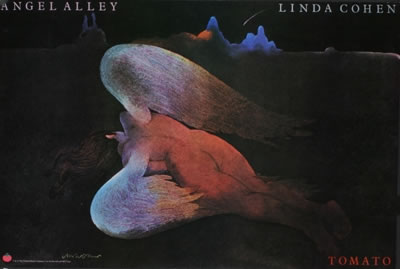
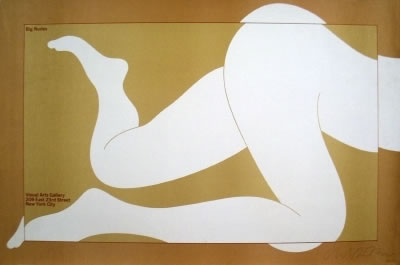
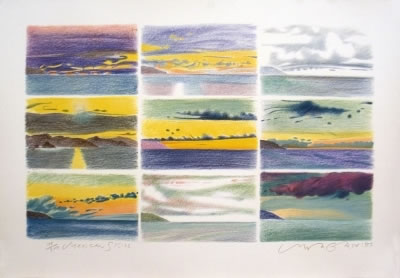
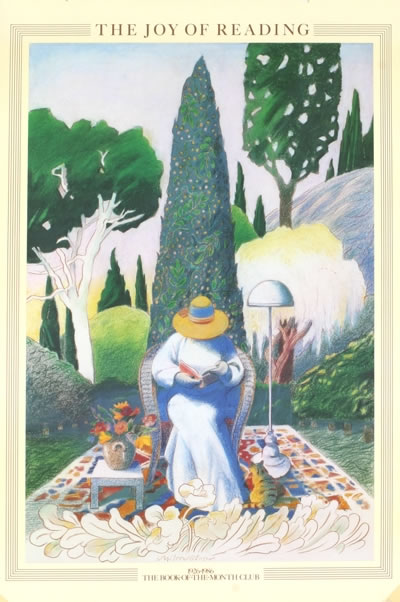
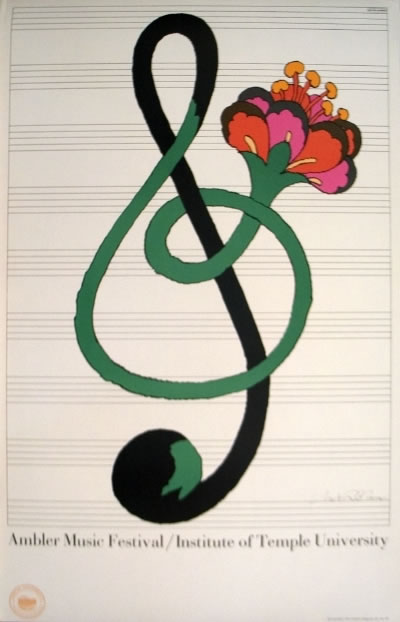
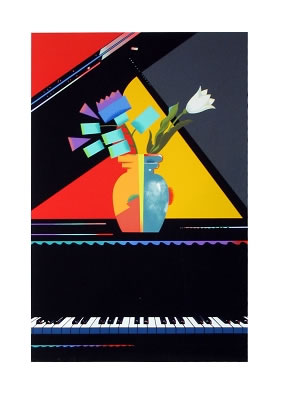
Of course, there are countless other images — posters, drawings, illustrations.
Then, to dimensional work — a favorite place to eat in NYC: Trattoria Del’Arte, just south of Central Park South on 7th Avenue, across from Carnegie Hall.
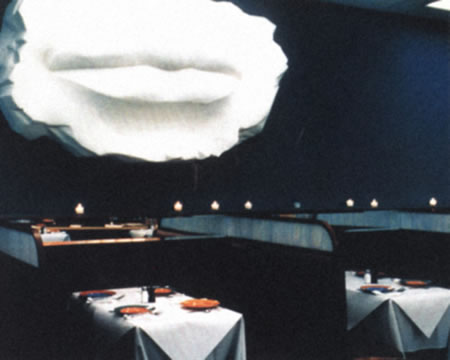
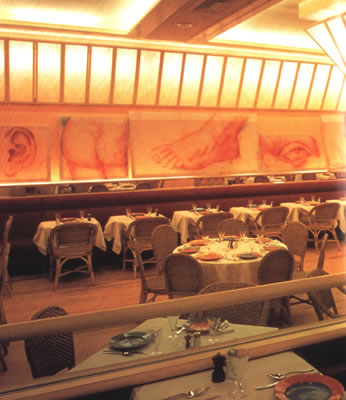
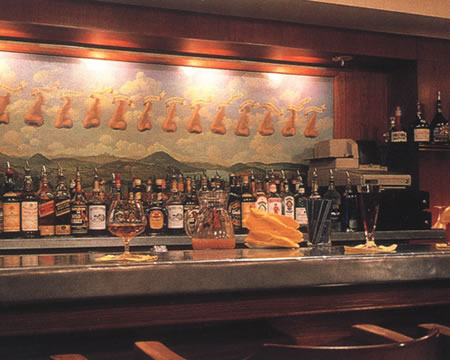
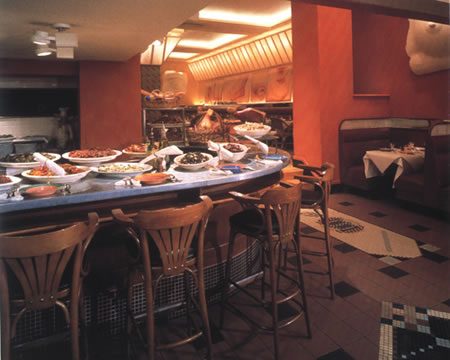
There are dozens of identity treatments that have been created by Milton Glaser, Inc. This one is my favorite:
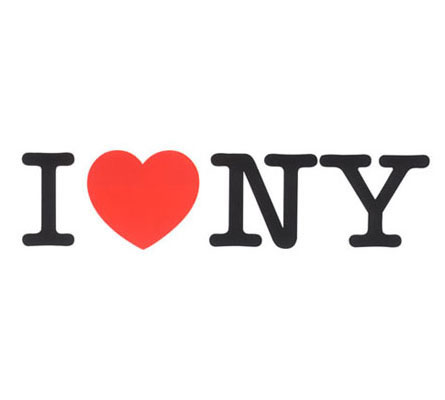
Mostly because it’s true.
I love NY(C).
As recently noted in the NYTimes, there’s a new movie on Milton. I’ve not seen it, but the reference is here.
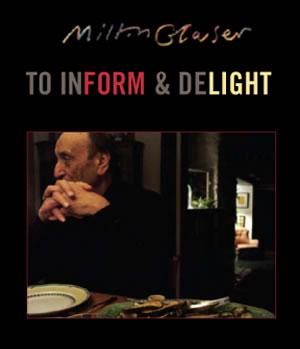
What I can offer, in interpretation is that in my experience, there are very few that celebrate the living design principle, being in the work so completely, so resolutely, that it flows in the veins of holistic experience. You live there, you live inside design, you know its history, its cultural expression because, for you, that culture, cult, is coursing like a fever.
That’s where Milton Glaser lives.
tim | GIRVINOSEAN
….
The spirit of design, art and the installations of beauty
https://tim.girvin.com/index.php?s=beauty